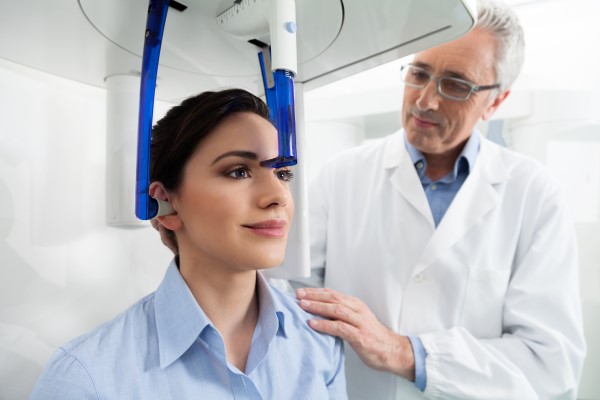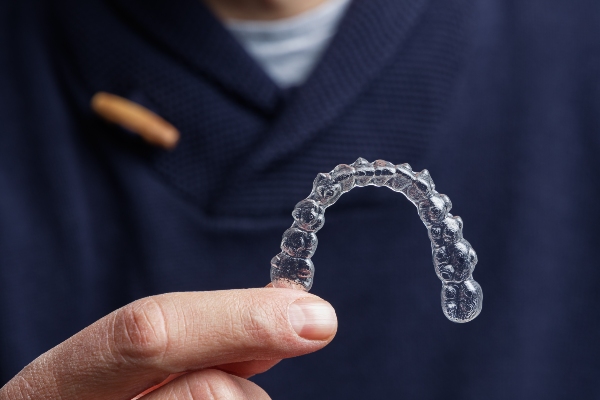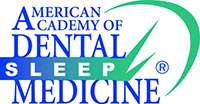What is a CBCT Dental Scan?

For a dentist to be able to provide quality treatment to patients, they must first be able to properly diagnose the issues and determine the best methods of treatment. One effective diagnostic test dentists use is known as a CBCT dental scan, which provides 3D X-ray images of teeth and the underlying structures of teeth.
A review of a CBCT dental scan
Anyone who may need a CBCT dental scan can benefit from learning more about what it is and how dentists use it to diagnose and treat patients effectively. The following is a complete overview of what a CBCT dental scan is, when it might be recommended and how the CBCT dental scan actually works.
A CBCT dental scan explained
A CBCT dental scan (cone beam computed technology CT scan) helps dentists diagnose and treat patients. It is typically used when traditional dental X-rays are not a viable option. It involves the CT scan rotating around the patient’s mouth, taking a lot of pictures in the process to create the 3D X-ray images. The dentist can then use the images to make a more informed diagnosis and treatment recommendation. The entire process is painless and takes less than a minute.
When a CBCT dental scan might be necessary
Every dentist has their own reasons for ordering a CBCT dental scan. Common reasons for ordering the test are:
- To evaluate the status of impacted teeth
- To check jawbone structure and alignment
- To diagnose temporomandibular joint disorder
- As preliminary work before implant placement
- To check sinus and nerve canals for complications
A CBCT scan shows a lot that oral examinations and traditional X-rays might not. Anytime there are concerns with the jawbone, teeth, nasal passageway or other part of the mouth that cannot be properly diagnosed, a CBCT dental scan could be recommended.
What to expect during a CBCT dental scan
The dentist may first advise the patient to remove anything that may interfere with the effectiveness of the CBCT scan, such as eyeglasses, earpieces and earrings. The dentists will then set up the CBCT scan so that it is centered around the patient. The CBCT dental scan will then complete a 360-degree rotation, which typically takes about thirty seconds. The patient should not feel any discomfort during the CBCT dental scan.
What the results might reveal
The dentist can then analyze the results. The results could reveal a variety of things depending on the purpose of the scan. Most commonly, a CBCT dental scan is ordered to check for the position of impacted teeth, jaw concerns like TMJ and oral cancer. Of course, there are many other possible reasons for ordering a CBCT dental scan.
Learn more about the purpose of a CBCT dental scan
Here at our dentistry, we have CBCT dental scan technology available to help us diagnose patients when oral examination is not enough. Reach out to our dental team today to arrange a consultation visit if you are experiencing oral health concerns or are due for a routine checkup.
Request an appointment here: https://stonecanyondental.com or call Stone Canyon Dental at (972) 226-6655 for an appointment in our Sunnyvale office.
Check out what others are saying about our services on Yelp: Read our Yelp reviews.
Recent Posts
Getting a dental crown is a seamless procedure that is done in dental offices every day. There are various reasons to get a dental crown, which will play a role in how the process goes. For example, for those getting a crown to finish the tooth replacement process after an implant has been inserted, the…
If a patient suffers from misaligned teeth or a misaligned bite, Invisalign® clear aligners might be the solution they need to ensure their smiles stay bright – and straight! As one of the most trusted clear aligner systems will help straighten teeth and correct the bite without wires and brackets, meaning that patients can smile…
Your dentist may recommend a dental bridge if your case needs it. Every patient has a different set of needs. Proper assessment allows the dentist to suggest the right dental replacement. Here are the details on when a dental bridge may become your dentist’s recommendation.Dentists often encourage their patients to stop consuming tobacco. Following this…
When it comes to replacing missing teeth, dental bridges are a popular and reliable option that offers versatility by restoring one to four missing teeth in a row. Along with restoring a smile by replacing missing teeth, a dental bridge offers multiple benefits to one's oral health while addressing several issues simultaneously.Tooth loss can occur…







